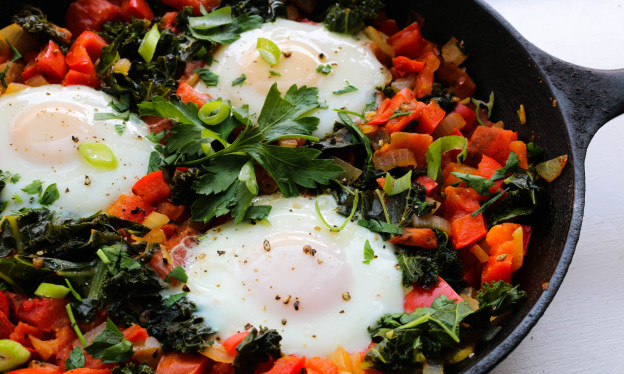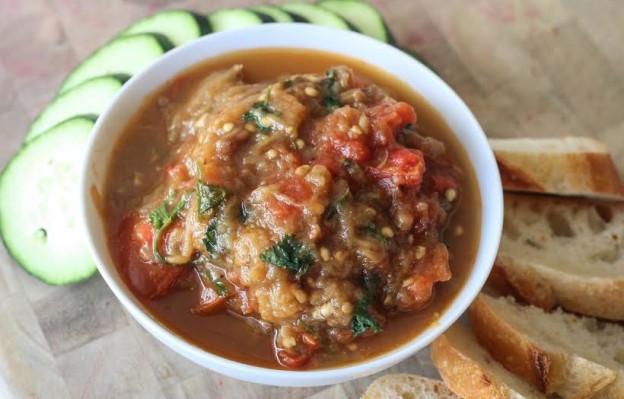11/4/2014
If you are anything like me, buffets are your nemesis. I’m the type of person that should never go to buffets because I will just keep going. I hate leaving anything on my plate, and no matter how full I am, I will keep going if there is food in front of me (even if it’s on another person’s plate!).
Funny enough, a couple of weekends ago I was working at a retreat site with all you can eat vegan, macrobiotic, aryuvedic and every other type of “healthy” food you can imagine. It was the first time I had been in a food situation like this and I was loving it! Until I wasn’t lol. The first few meals I got platefuls of food, multiple rounds, and by the end of the day I felt sick just thinking about eating anything. No matter how awesome and healthy your food is, if you eat too much of it you’re not doing yourself any favors.
The way I like to think of it is like a washing machine. You know how if you stuff it all the way with too many clothes, nothing gets clean because the soapy water can’t reach the surfaces of your clothes. That’s like what goes on in your stomach. All the enzymes and acid that need to mix with your food have trouble getting around if your stomach is too full. When you eat too much, your body has to work extra hard to digest the food and it still ends up doing a shit job.
All that said, there are some things that I find work in managing portion sizes, especially during the holidays. One of the most important things is to never show up to an event hungry. In my family, we start our thanksgiving get together around 4pm, so it’s tough to fit in lunch before I get there. If I wait until 4pm to eat lunch, I know I’m going to eat a ton more than I really want to. We all know the saying about our eyes being bigger than our stomachs. Well, when you’re super hungry that’s even more the case.
Have a snack before you go into the meal, even something small, so you’re not drooling before you even sit down with your plate.
Another thing that can be really helpful is using a small plate. For my Thanksgiving, that means using the dessert plate for my meal. This way my plate is super full, and it’s not really a big deal if I get seconds. I did a test once and I filled three different sized bowls with the same 1 cup of food. In the small bowl, the food looked great and satisfying. In the largest bowl it looked like nothing. So much of eating is psychological.
If you know you are prone to overeating on the holidays, eating from a smaller plate will help you feel satisfied without sending you into a food coma.
The last thing I like to focus on when thinking about making sure I feel my best after a holiday meal is really appreciating the people around me. Hopefully you like at least some of the people you will be spending the holidays with. And if like is too strong of a word, maybe there is at least something interesting or entertaining about them. By focusing on those around you, you will naturally eat less. There are some countries in the world that might not have the best diets, but overall, they are super healthy because so much of their eating is social. They spend time talking with the people around them, laughing and story telling instead of stuffing their faces.
If you take moments between bites or plates of food to engage with people, you will feel more satisfied emotionally and physically.
Remember, change doesn’t happen overnight. Try some of these tips and see how it goes. From there you can adjust. Hey, you have the December holidays to try again!
Sending you lots of love!
Samantha




